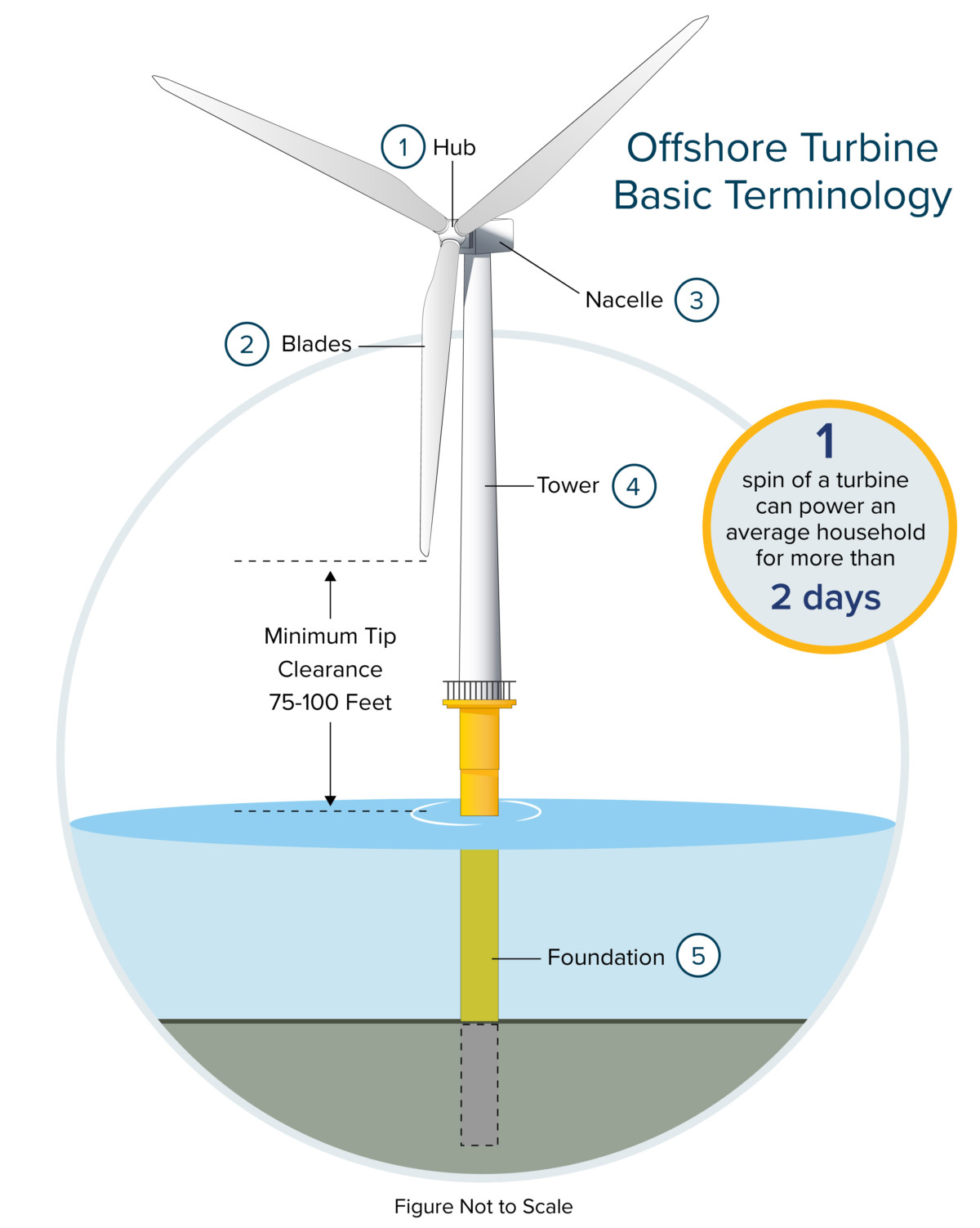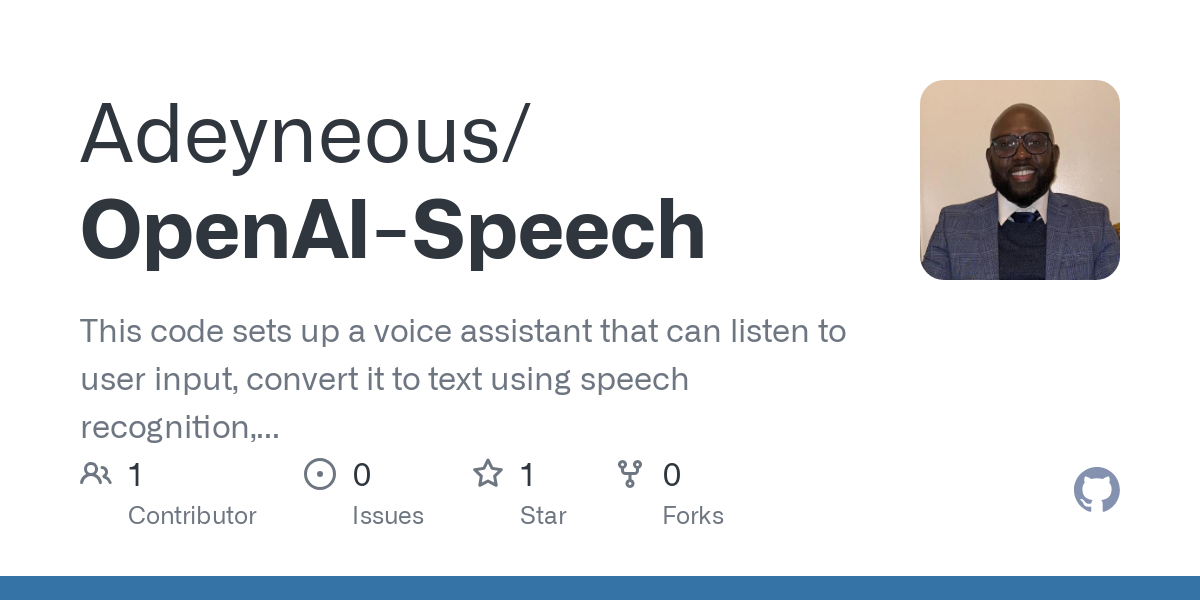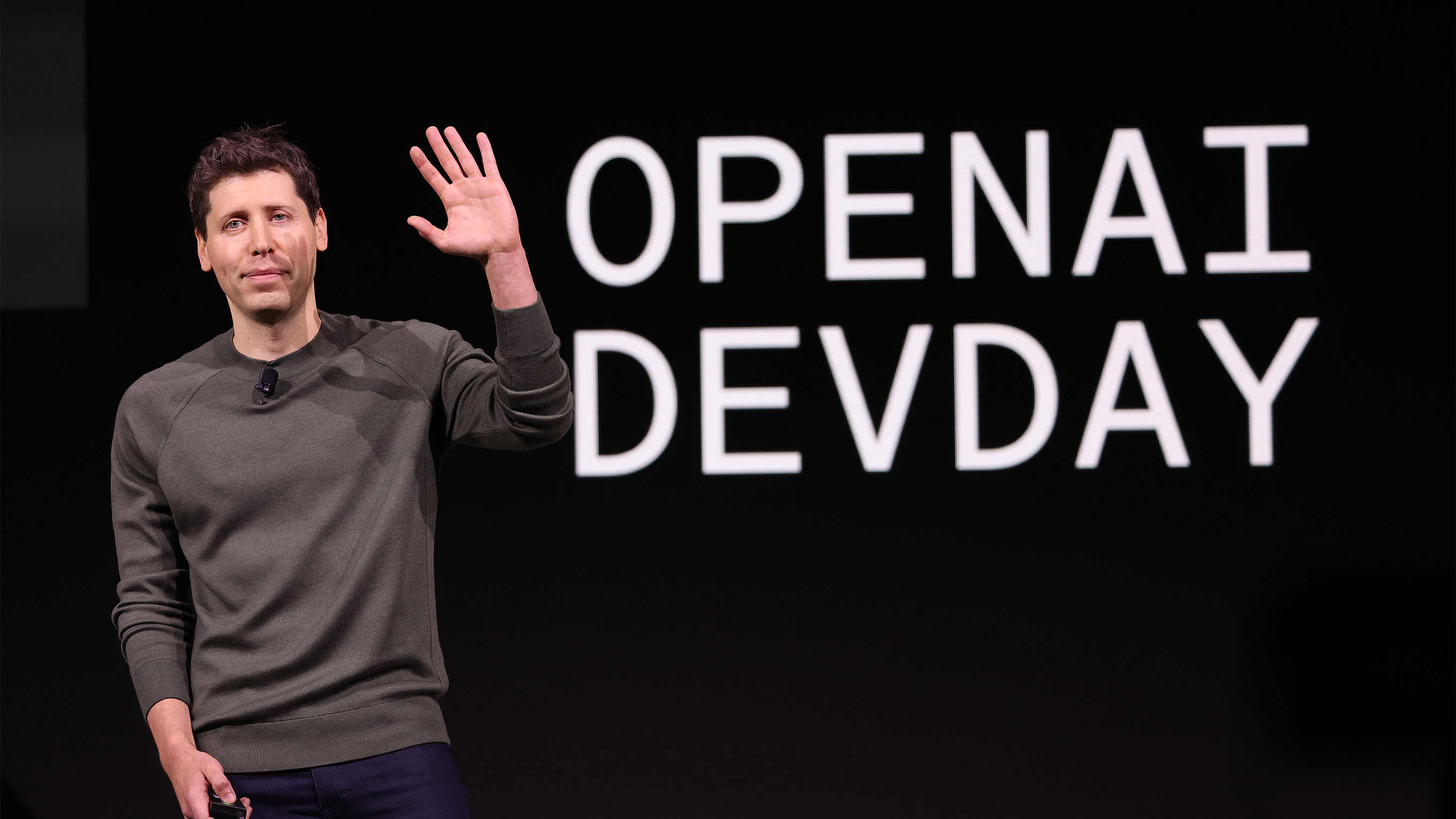How Google Trains Its Search AI: Even After Opting Out

Table of Contents
Data Collection Beyond Explicit Consent
Even with privacy settings enabled, Google gathers data to power its search AI. This happens through various methods, making completely opting out a complex challenge.
Implicit Data Collection
Google's search algorithm benefits from data collected implicitly, even when you've adjusted your privacy settings. This includes:
- Search query anonymization: While your specific search terms might be anonymized, the aggregated data – the overall popularity of certain search terms – is invaluable for training.
- Aggregated data usage: Google analyzes vast amounts of aggregated data, identifying trends and patterns without tying them to individual users. This data informs the algorithm about popular topics and search intent.
- IP address information: Your IP address provides general location data, contributing to the algorithm's understanding of regional search trends and preferences.
- Browser type and version: This technical data helps Google optimize search results for different devices and browsers, ensuring consistent performance across platforms.
The anonymized data, while seemingly innocuous, contributes significantly to the Google Search AI training process, improving the algorithm's accuracy and relevance.
Third-Party Data Sources
Beyond user searches, Google leverages external data sources to refine its AI. This involves:
- Publicly indexed websites: The vast amount of publicly available information on the web is continuously crawled and analyzed.
- Crawled data: Google's web crawlers constantly index new content, adding to the dataset used for training.
- Data sharing agreements: Google collaborates with various partners, accessing data that further enhances the AI's understanding of the world.
This data plays a crucial role in improving the search algorithm's accuracy and its ability to understand context and intent, thereby influencing the Google Search AI training process.
The Role of User Interactions in AI Training
User interactions are pivotal in shaping Google's search AI. Analyzing user behavior helps Google understand search relevance and user preferences.
Clickstream Data Analysis
Google meticulously analyzes your search interactions to improve its algorithm. This includes:
- Click-through rates (CTR): High CTRs for specific results indicate relevance and accuracy.
- Dwell time: The time spent on a webpage after clicking a search result helps determine user satisfaction.
- Bounce rates: High bounce rates suggest that a particular search result did not meet user expectations.
This data directly informs Google's understanding of search relevance, leading to algorithm adjustments and improved Google Search AI training.
Feedback Mechanisms (Ratings & Reviews)
Direct feedback mechanisms significantly improve the AI's accuracy. Google utilizes:
- Google Reviews: Reviews provide valuable insights into user experiences with businesses and services.
- Search result feedback options: Options to rate the relevance of search results provide direct feedback on algorithm performance.
This direct feedback loop refines search results and further enhances the Google Search AI training process.
Ongoing Algorithm Refinement & Machine Learning
Google’s search AI is constantly evolving through continuous learning and adaptation.
Continuous Learning and Adaptation
The Google Search AI training process is iterative and ongoing:
- A/B testing: Google constantly tests different algorithm variations to identify optimal performance.
- Algorithm updates: Regular updates incorporate improvements based on data analysis and user feedback.
- Machine learning models: Sophisticated machine learning models power the algorithm, constantly learning and adapting.
This continuous improvement cycle ensures the search engine remains accurate, relevant, and efficient.
The Use of AI in Training AI
Google utilizes advanced AI techniques to refine its search algorithm:
- Reinforcement learning: The AI learns from its own successes and failures, improving its performance over time.
- Deep learning techniques: Complex neural networks process vast amounts of data, identifying intricate patterns and relationships.
This self-learning process further optimizes the algorithm's performance and accelerates the Google Search AI training loop.
Conclusion
Google utilizes a multifaceted approach to train its search AI, including implicit data collection, third-party data sources, user interaction analysis, and advanced machine learning techniques. This process is continuous and iterative, even when users opt out of certain data collection features. Understanding these practices is key to managing your online privacy and optimizing your SEO strategies.
While completely avoiding Google's data collection might be impossible, understanding how Google Search AI training works empowers you to navigate the online landscape more effectively. Learn more about optimizing your website for Google's algorithm and enhancing your online presence with informed SEO strategies. Stay informed about Google Search AI training and its implications for your online strategy.

Featured Posts
-
 Bof A Reassures Investors Why Current Stock Market Valuations Are Not A Threat
May 04, 2025
Bof A Reassures Investors Why Current Stock Market Valuations Are Not A Threat
May 04, 2025 -
 Offshore Wind Farm Economics A Look At The Challenges And Future Outlook
May 04, 2025
Offshore Wind Farm Economics A Look At The Challenges And Future Outlook
May 04, 2025 -
 Harry Claims King Charles Wont Speak To Him Over Security Dispute
May 04, 2025
Harry Claims King Charles Wont Speak To Him Over Security Dispute
May 04, 2025 -
 Understanding Googles Search Ai Training With Web Content The Opt Out Question
May 04, 2025
Understanding Googles Search Ai Training With Web Content The Opt Out Question
May 04, 2025 -
 The Domenicali Era Examining Formula Ones Accelerated Growth And Popularity
May 04, 2025
The Domenicali Era Examining Formula Ones Accelerated Growth And Popularity
May 04, 2025
Latest Posts
-
 16 Million Fine For T Mobile Details On Three Years Of Data Security Lapses
May 04, 2025
16 Million Fine For T Mobile Details On Three Years Of Data Security Lapses
May 04, 2025 -
 Open Ai Unveils Streamlined Voice Assistant Development At 2024 Event
May 04, 2025
Open Ai Unveils Streamlined Voice Assistant Development At 2024 Event
May 04, 2025 -
 Open Ais 2024 Developer Event Easier Voice Assistant Development
May 04, 2025
Open Ais 2024 Developer Event Easier Voice Assistant Development
May 04, 2025 -
 Open Ai Simplifies Voice Assistant Creation 2024 Developer Event Highlights
May 04, 2025
Open Ai Simplifies Voice Assistant Creation 2024 Developer Event Highlights
May 04, 2025 -
 Millions In Losses Inside The Executive Office365 Hacking Scheme
May 04, 2025
Millions In Losses Inside The Executive Office365 Hacking Scheme
May 04, 2025
